all typical characteristics curves are taken at 25°C with 1.6 V ≤ VDD ≤ 6.5 V (unless other wise noted)
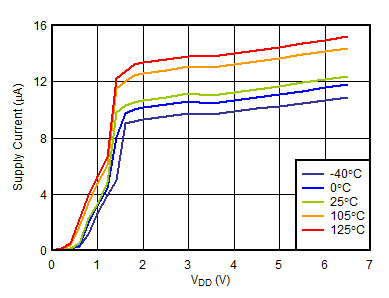 Figure 6-3 Supply Current vs VDD
Figure 6-3 Supply Current vs VDD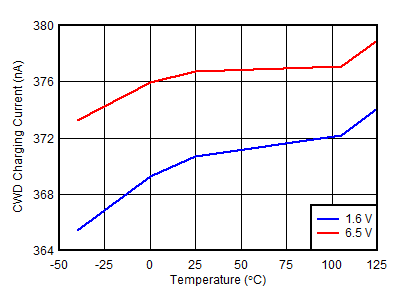 Figure 6-5 CWD Charging Current vs Temperature
Figure 6-5 CWD Charging Current vs Temperature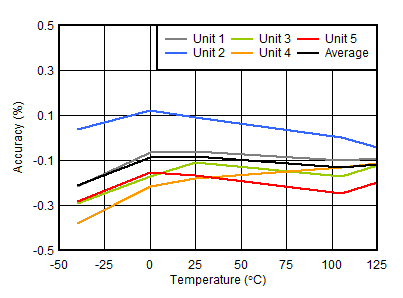
| TPS3851G18, VITN = 1.728 V |
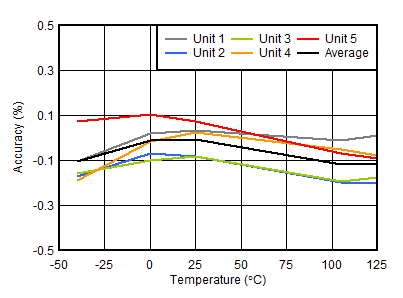 Figure 6-9 VITN Accuracy vs Temperature
Figure 6-9 VITN Accuracy vs Temperature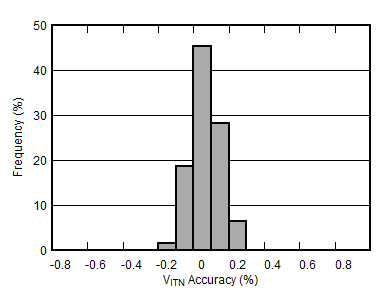
| Includes G and H versions; 1.8-V, 2.5-V, 3.0-V, 3.3-V, and 5-V thresholds; total units = 36,627 |
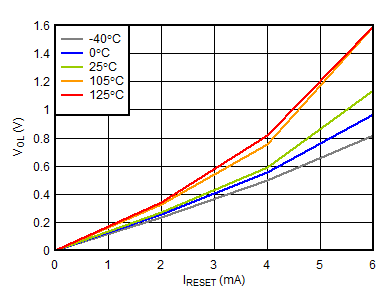 Figure 6-13 Low-Level
RESET Voltage vs
RESET Current
Figure 6-13 Low-Level
RESET Voltage vs
RESET Current
| TPS3851G18 entering undervoltage |
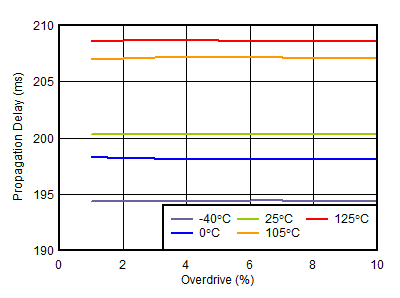
| TPS3851G18 exiting undervoltage |
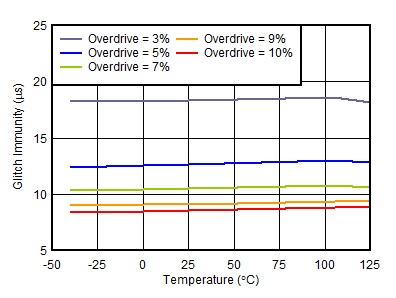 Figure 6-19 High-to-Low Glitch Immunity vs Temperature
Figure 6-19 High-to-Low Glitch Immunity vs Temperature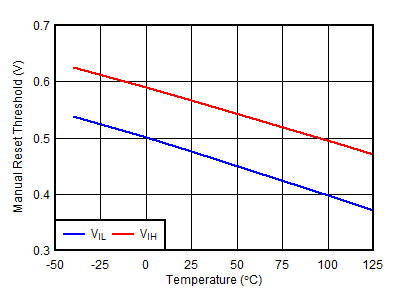 Figure 6-4 MR Threshold vs Temperature
Figure 6-4 MR Threshold vs Temperature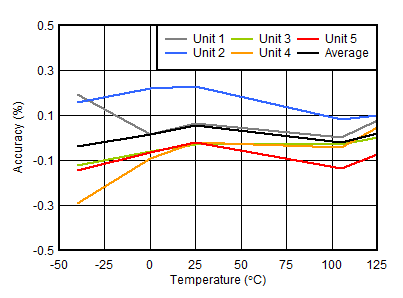
| TPS3851G18, VITN = 1.728 V |
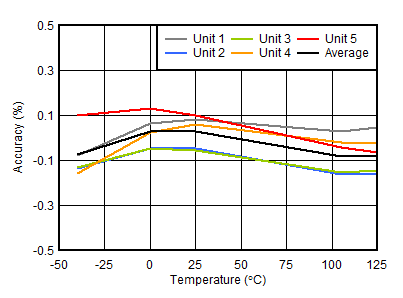 Figure 6-8 VITN + VHYST Accuracy vs Temperature
Figure 6-8 VITN + VHYST Accuracy vs Temperature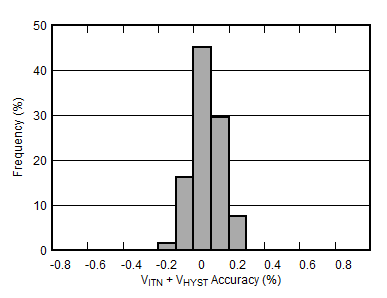
| Includes G and H versions; 1.8-V, 2.5-V, 3.0-V, 3.3-V, and 5-V thresholds; total units = 36,627 |
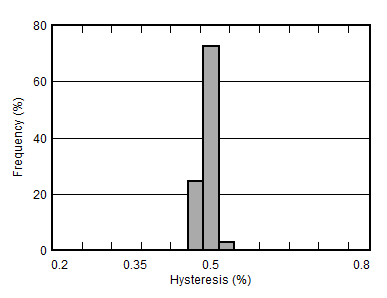
| Includes G and H versions; 1.8-V, 2.5-V, 3.0-V, 3.3-V, and 5-V thresholds; total units = 36,627 |
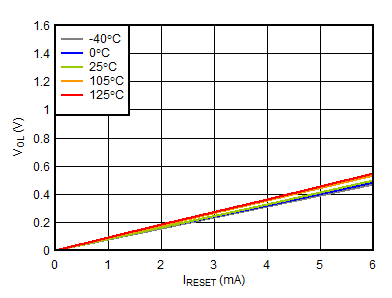 Figure 6-14 Low-Level
RESET Voltage vs
RESET Current
Figure 6-14 Low-Level
RESET Voltage vs
RESET Current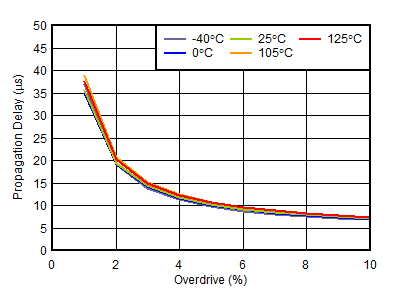
| TPS3851G50 entering undervoltage |
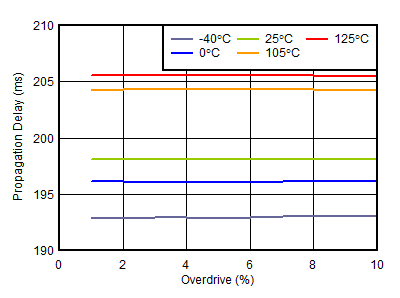
| TPS3851G50 exiting undervoltage |
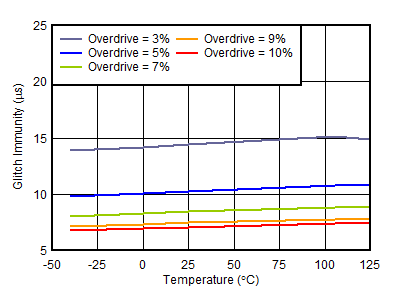 Figure 6-20 High-to-Low Glitch Immunity vs Temperature
Figure 6-20 High-to-Low Glitch Immunity vs Temperature Figure 6-3 Supply Current vs VDD
Figure 6-3 Supply Current vs VDD Figure 6-5 CWD Charging Current vs Temperature
Figure 6-5 CWD Charging Current vs Temperature














